As fuel prices continue to skyrocket globally and the climate crisis ‘wicked problem’ continues, interest is piquing in electrified and electric vehicles to get from A to B in a more economical and sustainable way.
Acronyms like BEV, PHEV, HEV and FCEV are mooted as key powertrains and ‘alternative fuels’ to ease the running costs burden and reduce harmful exhaust pollutants compared to pure internal combustion engines (ICE).
But what do they all mean, what are their advantages and disadvantages, and which is most suited to your needs?
What are the three main types of electric cars?
The three main types of electric cars include:
| Battery Electric Vehicles (BEVs) | Battery-electric vehicles are any motor vehicle that only uses a high-density battery as its source of ‘juice’ and do not emit any pollutants from the tailpipe. |
| Plug-in Hybrid Electric Vehicles (PHEVs) | lug-in hybrid electric vehicles are powered by an ICE engine (fuel) and small electric motor (battery). The electric motor can drive the car independently in most situations for emissions-free driving, though it often works with the engine to save fuel, improve performance, and enable longer range. Examples include the Mitsubishi Outlander PHEV and MG HS Plug-in Hybrid. |
| Hybrid Electric Vehicles (HEVs) | Electrified hybrid cars (series or parallel systems) rely on regenerative braking to charge a small battery that can power the vehicle in certain low-speed situations or assist the ICE engine to save fuel. Examples include the Toyota Prius. |
BEV (Battery Electric Vehicle): The Pure Electric Choice
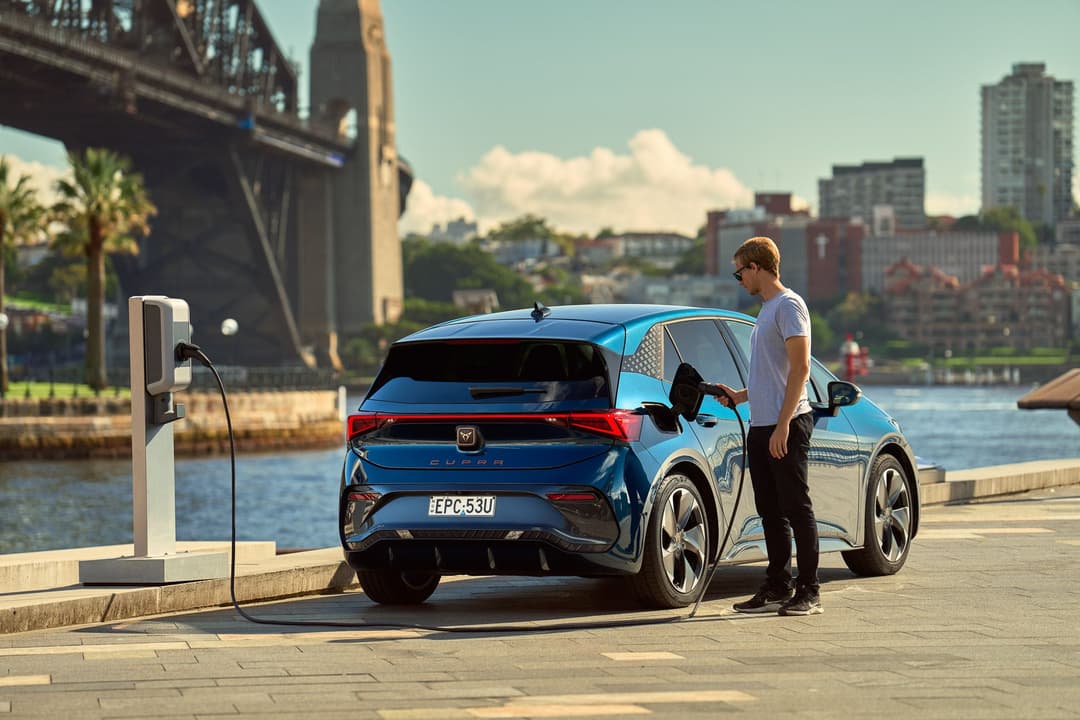
✅ Pros:
- No exhaust emissions
- Theoretically better reliability and lower maintenance costs
- Conveniently recharge at home overnight
❌ Cons:
- Upfront purchase prices are currently higher than ICE
- Limited (but growing) model choices
- Public EV charging infrastructure isn’t always reliable
Battery-electric vehicles (also called full-, all- or pure-electric) combine a large high-voltage battery pack underneath the floor (typically 20kWh to 120kWh capacities) and an electric motor/s to drive the vehicle.
It is the simplest powertrain type with the least moving parts – and zero tailpipe emissions.
The ‘fuel’ is electricity from any household socket, installed wallbox equipment or public EV charger. It can be charged using slow alternative current (AC) or fast direct current (DC) electricity, the latter of which provides up to 350kW of ultra rapid power that can recharge select compatible EV models in just under 20 minutes.
BEVs today provide total claimed driving ranges of anywhere from 200km to 700km depending on the model.
However, BEVs are more expensive than equivalent ICE models due to the battery pack containing expensive minerals like lithium, nickel and cobalt. For example, the MG ZS EV is currently $16,000 drive-away more costly than the equivalent petrol-powered MG ZST.
Though, the total running and ownership costs are significantly cheaper than other powertrains depending on how much you drive, resulting in the extra price difference paid for the BEV eventually ‘breaking even’ with a comparable ICE model. A number of new battery chemistry developments are also lowering the upfront cost barrier.
Notable BEV models include the popular Tesla Model 3 small sedan, retro-inspired Hyundai Ioniq 5 crossover, sleek Porsche Taycan and more.
PHEV (Plug-in Hybrid Electric Vehicle): The Best of Both Worlds
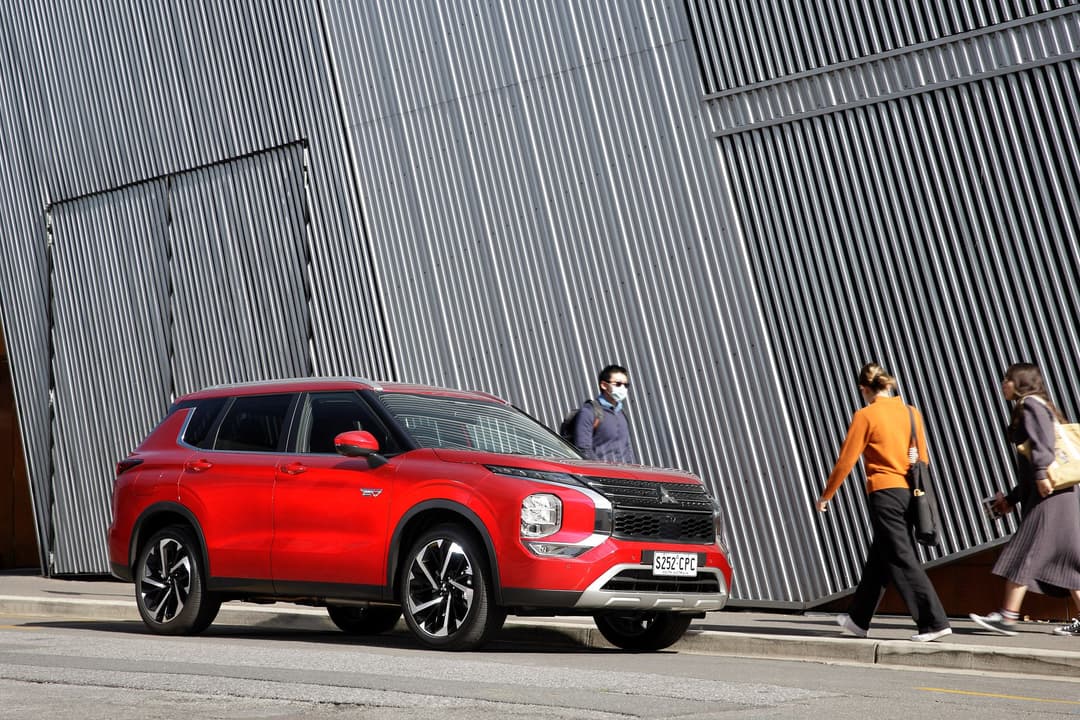
✅ Pros:
- Long driving range
- Can rely on electric-only power for most commutes
- Available on popular SUV models
❌ Cons:
- Heavy weight and need to top-up two powertrains
- Limited electric-only range
- Price tags can be similar to full BEVs
Plug-in hybrids (also marketed as ‘Plus EV’ or ‘Plug-in EV’ by some car brands) balances both BEV and ICE worlds by automatically switching between using a smaller battery (10kWh to 20kWh capacities) and electric motor in low urban and suburban speeds, and a fuel combustion engine for higher speed conditions.
PHEVs require topping-up both the small battery and fuel tank. The former is limited to slow AC charging speeds of up to 7.6kW depending on the model, meaning owners ideally need to have home access to a power socket or install a wallbox to charge overnight.
The main benefit of PHEVs are longer driving ranges than BEVs. For many urban and suburban speed trips like the school or grocery run, drivers can force EV-only mode for zero emissions driving for up to 90km depending on the model and have the confidence to go on long trips without stopping to charge and use the fuel tank instead.
But while PHEVs are seen as the stop-gap to transition from pure ICE to full BEVs, they’re heavier, have more moving parts and theoretically more laborious to service by lugging both an electric motor and an engine. Owners also generally use one powertrain more often than the other, typically electric, making the engine unnecessary most of the time.
PHEV models include familiar badges like the Mitsubishi Outlander PHEV, MG HS Plus EV, Lexus NX 450h+ family SUVs and more.
HEV (Hybrid Electric Vehicle): Petrol Vehicle with a Small Battery
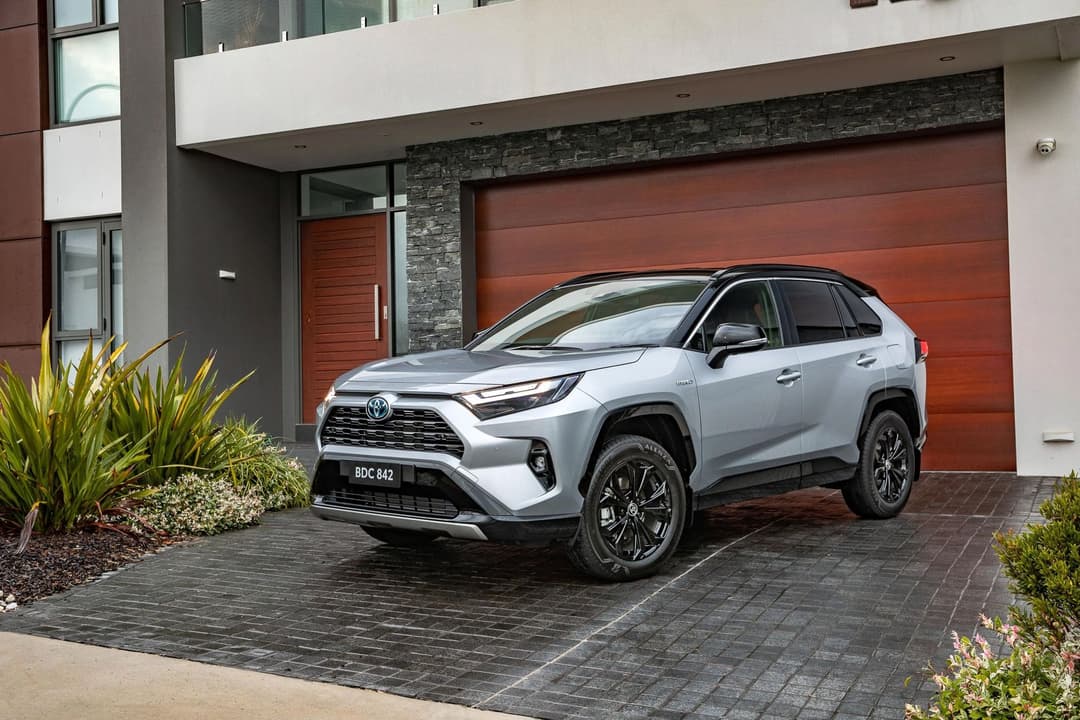
✅ Pros:
- Minimal extra cost compared to pure ICE
- No charging required
- Reduces fuel consumption
❌ Cons:
- Still reliant on expensive fuel
- Electric-only driving limited to low speed situations
- Not many model choices beyond Toyotas
Hybrid electric vehicles (or full hybrids) combine a combustion engine and a tiny battery to assist with improving fuel economy, reducing emissions and driving power.
There are two hybrid types. Parallel hybrids use predominantly the engine with some electric assistance while driving (like Honda e:HEV), while series hybrids only use the electric motor to drive the wheels with the engine only generating charge for it (like Nissan e-Power).
The popular Toyota Hybrid powertrain utilises a combined series-parallel system that can be in EV-only mode at low speeds like driving in car parks and use the engine for anything beyond. It can provide up to 2km of pure-electric range travelling under 40km/h.
HEVs don’t need to plug-in and charge; since they only depend on tiny batteries, regenerative braking is enough to fully charge the pack for everyday use.
However, hybrid cars still predominantly rely on the traditional combustion engine, resulting in less running cost savings compared to BEVs and PHEVs.
HEV models include the popular Toyota RAV4, Lexus RX 350h, Honda HR-V e:HEV and more.
Other Powertrains
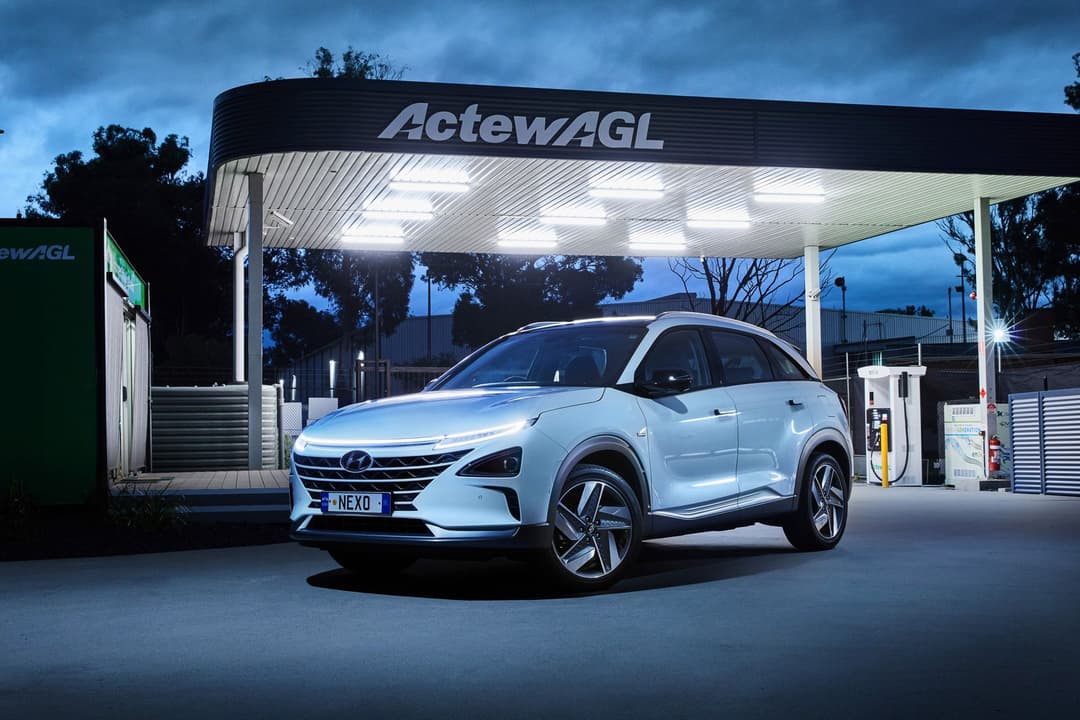
MHEV – Mild hybrids use an electric motor to provide engine assistance for accelerations, enable the engine to cut earlier and coast to a stop, and improve smoother stop/start engine transitions. Its capabilities depend on the number of volts – 12V to 48V – but all can’t drive the wheels in electric-only mode.
FCEV – Fuel cell electric vehicles are seen as a zero-emissions alternative to battery-electric, bringing hydrogen refuelling times of under five minutes, longer diesel-like driving ranges and purifies the air while driving. Unfortunately, hydrogen models are significantly more expensive than BEV, hydrogen fuel pumps need to repressurise for up to 20 minutes after serving a few vehicles and they’re even more rare than public EV chargers.
E-fuel – Synthetic fuels are mooted as a way to maintain internal combustion engines by producing fuel in a near carbon-neutral way by recapturing its emissions produced. But, the manufacturing process is highly inefficient, only sustainable if completely powered by renewable energy, and still emits some tailpipe emissions.
Are BEV, PHEV, HEV eligible for government incentives?
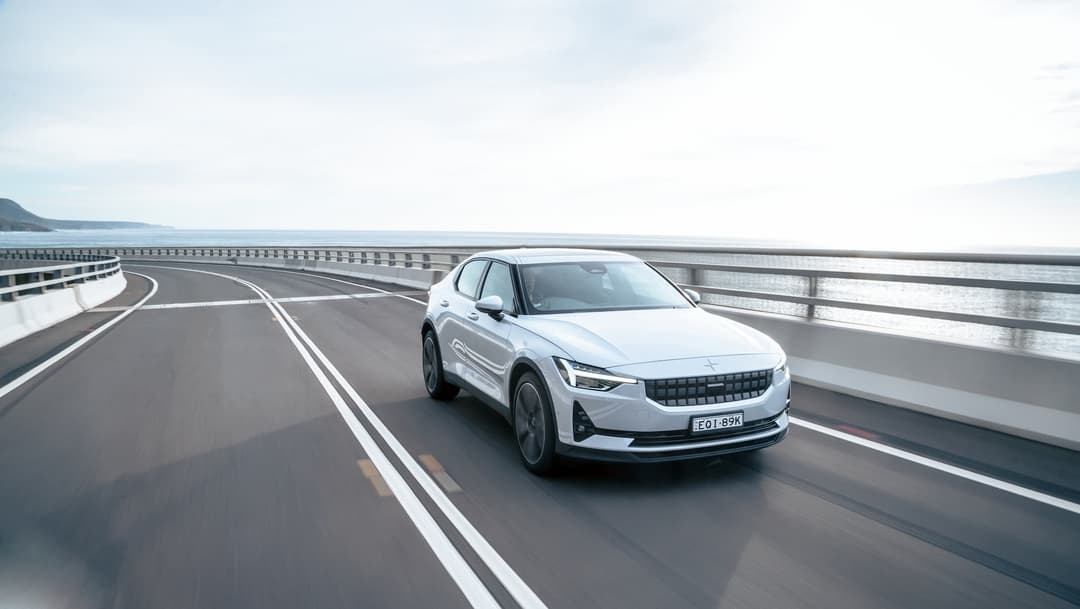
We've outlined the vehicle types are eligible for government incentives at the federal and state level below.
Notably, it's common that BEVs are potentially eligible for all incentives (depending on the price of the model), PHEV eligibility is limited, and HEVs are not eligible at all in Australia.
For a full state-by-state breakdown, check out our comprehensive EV incentives guide.
Learn more about the federal governments FBT exemption in this guide.
BEV vs PHEV vs HEV FAQs
Datawrappers by Danny Thai
About the author
Stay up to date with the latest EV news
- Get the latest news and update
- New EV model releases
- Get money savings-deal



